Amazing photos from James Webb Space Telescope can be heard, NASA says; Just listen to the sci-fi-esque soundscape
NASA has informed about a new immersive way to explore some of the first full-color infrared images and data from the James Webb Space Telescope through sound. Check details.
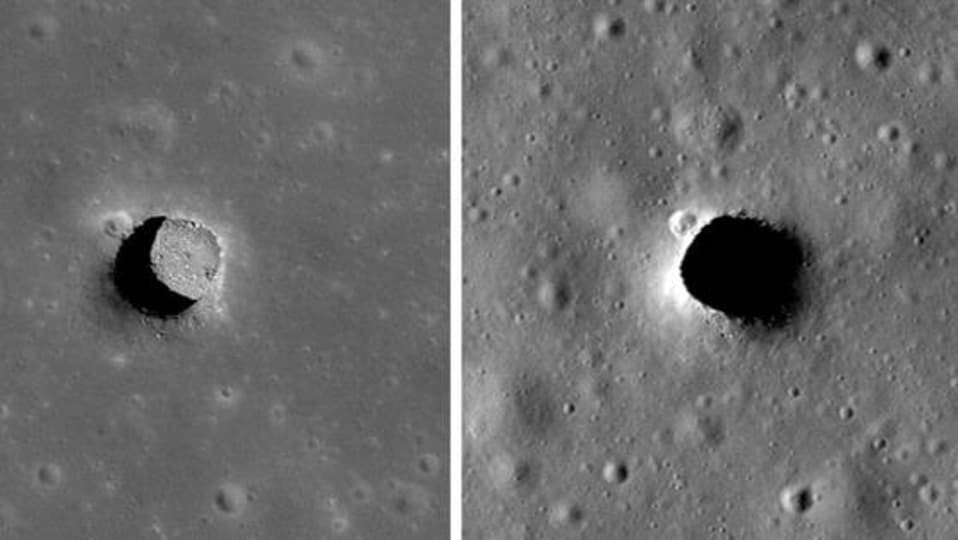
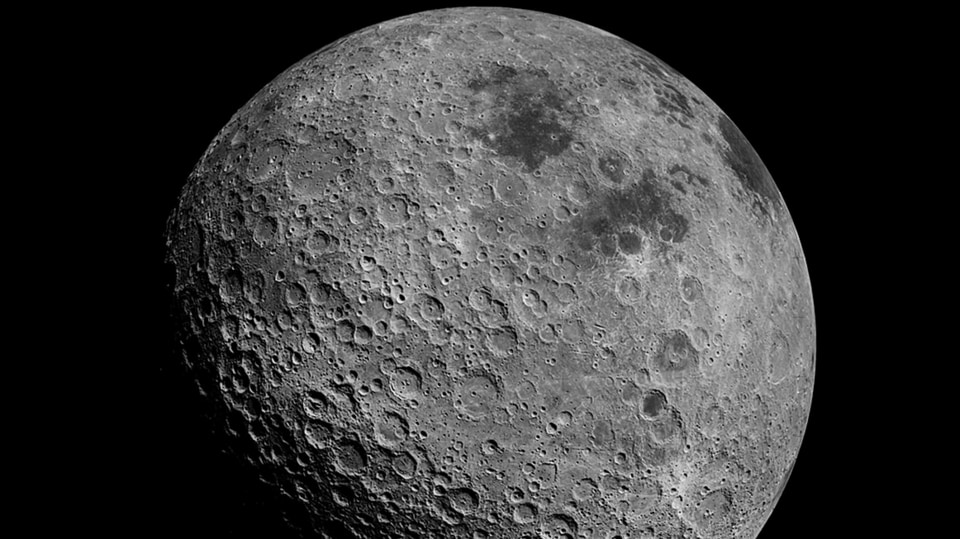
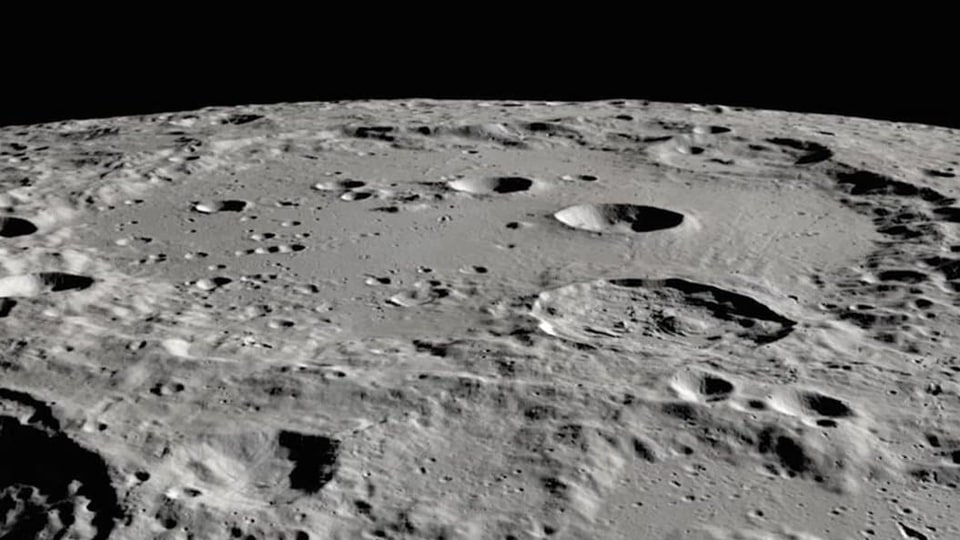
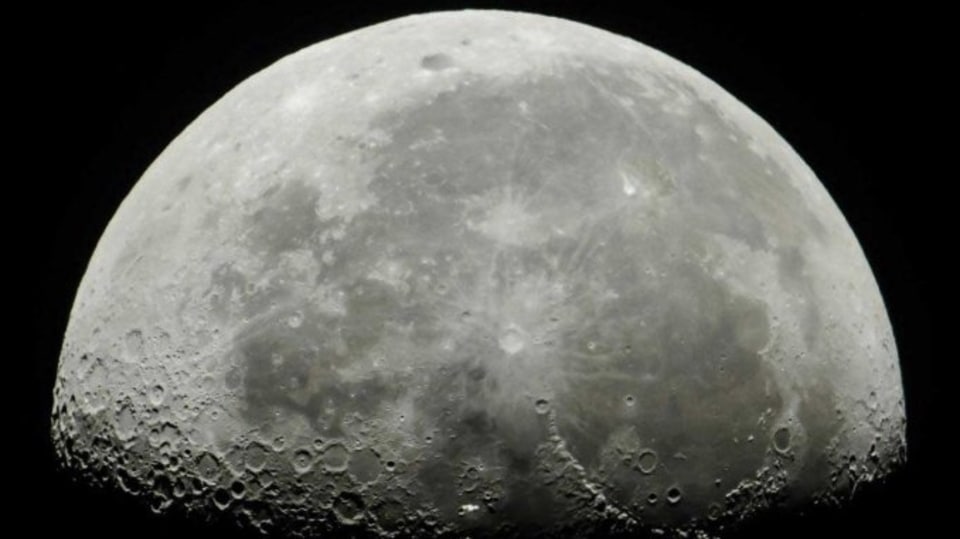
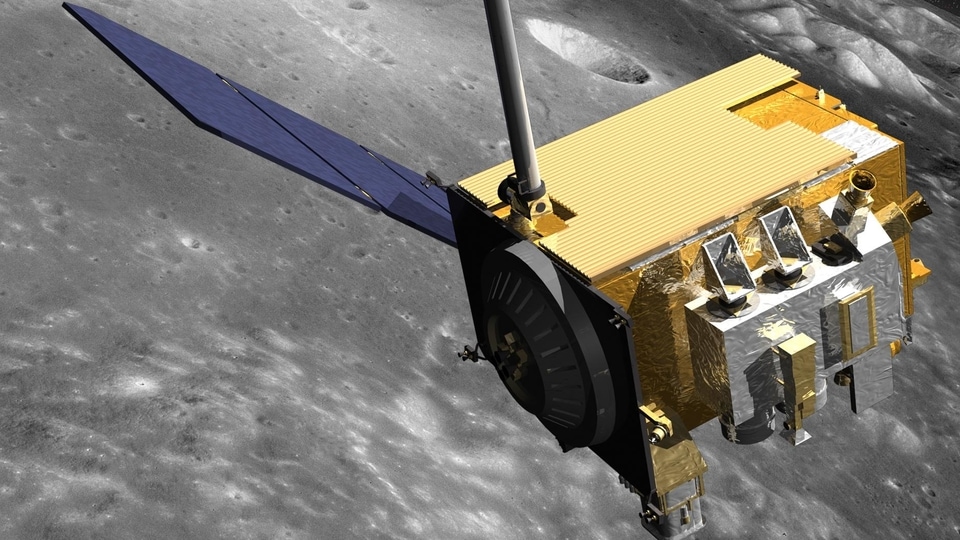

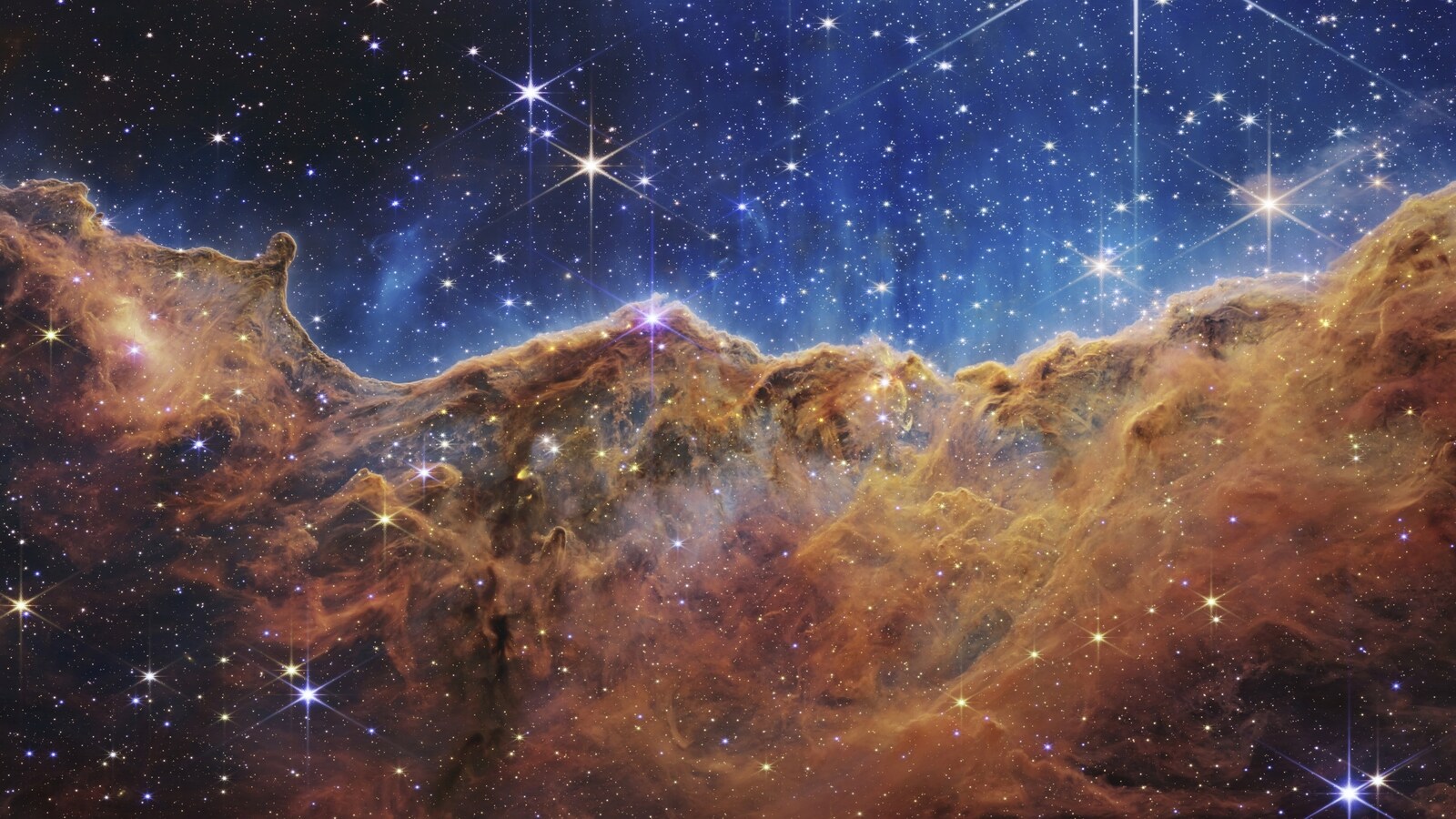
 View all Images
View all ImagesAre you interested in finding out new things related to space? You must be following NASA's James Webb Space Telescope and checking out the magnificent photos it has been sending. And "What if you could hear Webb data?", asks NASA. Well, here is something unique and exciting that is coming coming to you. You can now explore some of the first full-color infrared images and data from James Webb Space Telescope through sound. Yes, you read that right. Informing about the same NASA said, "There's a new, immersive way to explore some of the first full-color infrared images and data from NASA's James Webb Space Telescope – through sound. Listeners can enter the complex soundscape of the Cosmic Cliffs in the Carina Nebula, explore the contrasting tones of two images that depict the Southern Ring Nebula, and identify the individual data points in a transmission spectrum of hot gas giant exoplanet WASP-96 b."
“Music taps into our emotional centers,” said Matt Russo, a musician and physics professor at the University of Toronto. “Our goal is to make Webb's images and data understandable through sound – helping listeners create their own mental images," the report informed. Here is all you need to know.
About James Webb Space Telescope's Cosmic Cliffs Sonification
A near-infrared image of the Cosmic Cliffs in the Carina Nebula, captured by Webb Telescope, has been mapped to a symphony of sounds. Here, the “Cosmic Cliffs” are sonified, or translated to sound. Blue gas and dust sound windy, while a melodic line represents the rise and fall of the “mountain range.” Louder tones represent brighter light," NASA Webb Telescope tweeted.
Explaining further, NASA said, "the soundtrack is vibrant and full, representing the detail in this gigantic, gaseous cavity that has the appearance of a mountain range. The gas and dust in the top half of the image are represented in blue hues and windy, drone-like sounds. The bottom half of the image, represented in ruddy shades of orange and red, has a clearer, more melodic composition. Brighter light in the image is louder. The vertical position of light also dictates the frequency of sound."
While the colors in Webb's two views of the Southern Ring Nebula were mapped to pitches of sound. Near-infrared light (left) is represented by higher frequencies; mid-infrared (right) by lower frequencies. Both central stars can be heard in mid-infrared, but only one in near-infrared.
The colors in Webb's two views of the Southern Ring Nebula were mapped to pitches of sound. Near-infrared light (left) is represented by higher frequencies; mid-infrared (right) by lower frequencies. Both central stars can be heard in mid-infrared, but only one in near-infrared. pic.twitter.com/pTvIYIEhn9
— NASA Webb Telescope (@NASAWebb) August 31, 2022
It can be known that the team of scientists and musicians not only turned Webb's images into audio but its data on the atmosphere of gas giant exoplanet WASP-96 b became a sci-fi-esque soundscape too.
Catch all the Latest Tech News, Mobile News, Laptop News, Gaming news, Wearables News , How To News, also keep up with us on Whatsapp channel,Twitter, Facebook, Google News, and Instagram. For our latest videos, subscribe to our YouTube channel.





























